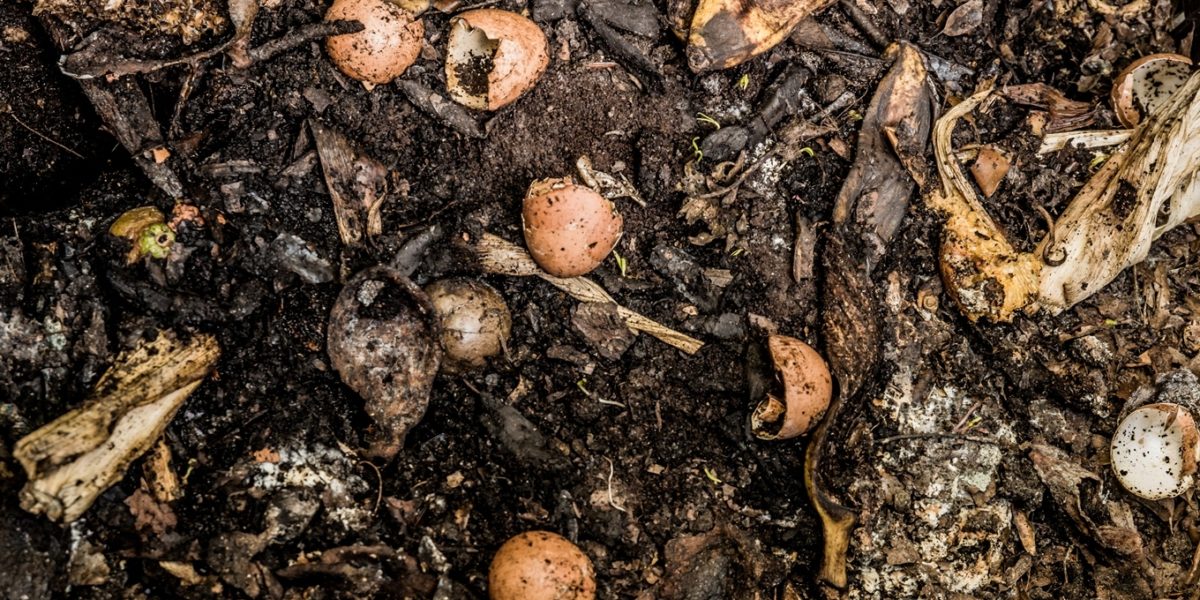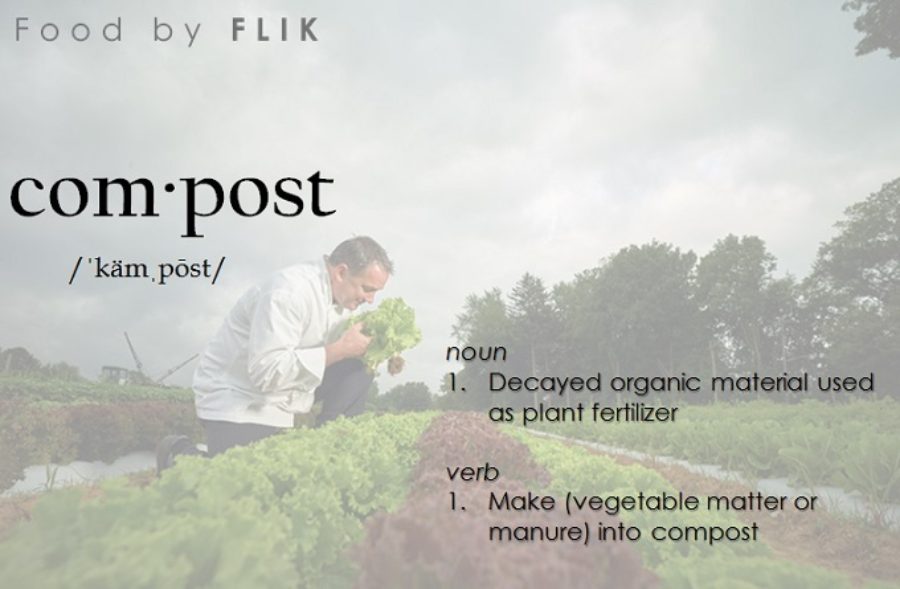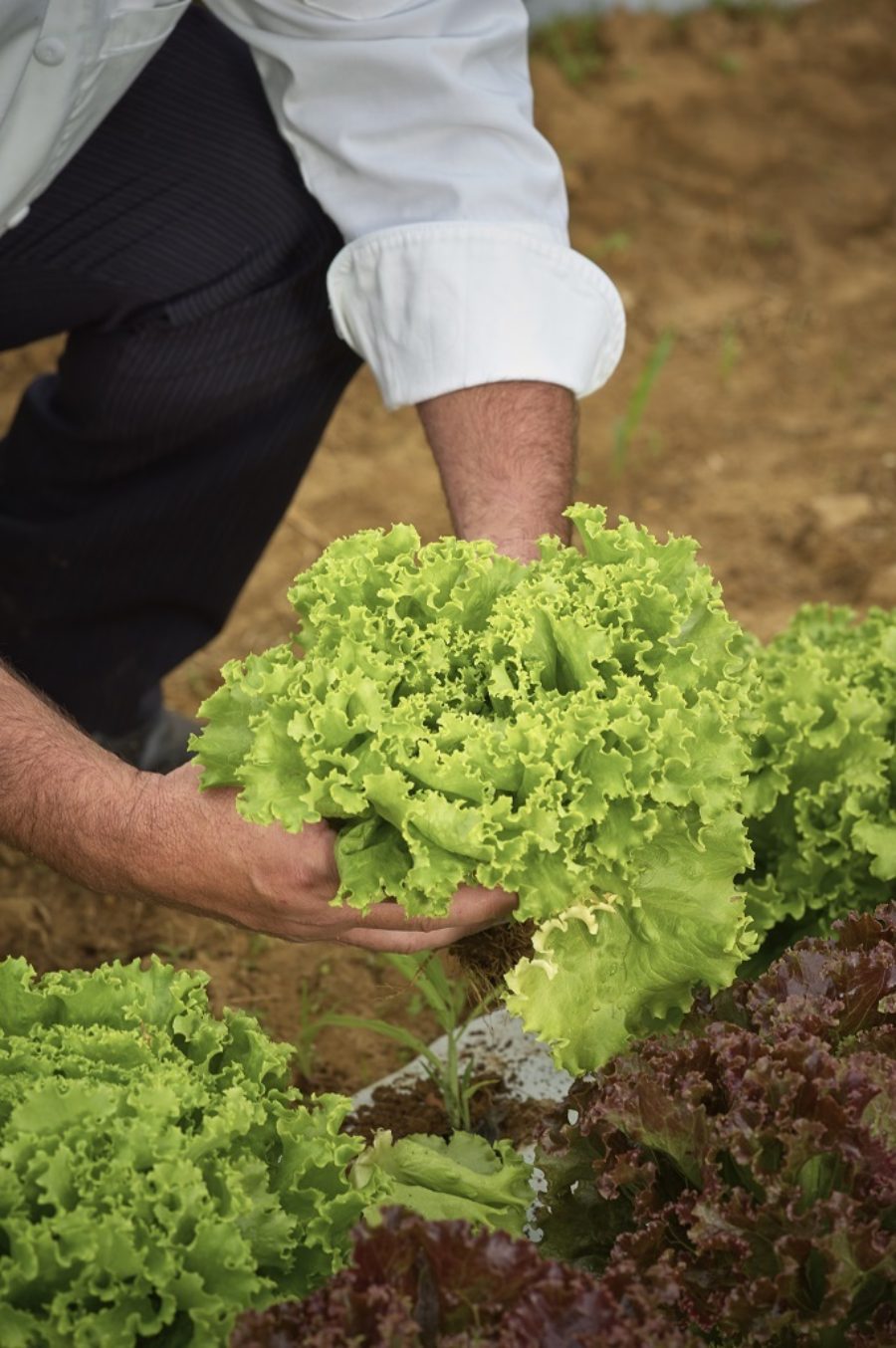
The Dirt on Composting

Composting is essentially a form of recycling, but instead of sending our food waste to a recycling center, we reap the benefits at home.
Overall, composting at home is a total win-win: not only is it great for the environment, but it also benefits you and your garden. You can save money on expensive fertilizers, creates improved, nutrient-rich soil to support a luscious and booming home garden, and reduces your overall carbon footprint on the plant.
The Environmental Protection Agency estimates that food scraps and yard waste make up 20 to 30 percent of what we throw away, which could be composted instead. Let’s get those resources out of landfills!

The thought of beginning a compost “pile” may seem like a daunting task, but have no fear. We’ve broken it down for you in our list of Do’s and Don’ts.
1. DO include in your compost pile:
- Food scraps (fruit & vegetable scraps, coffee grounds & filters, tea bags, eggshells)
- Food-soiled paper items (paper bags, towels, napkins, shredded paper/newspaper, uncoated paper)
- Plant/yard waste (grass/plant clippings, dried leaves, chopped wood/bark, straw, sawdust)
2. DO NOT include in your compost pile:
- Oily fish or meat
- Cooked food products
- Dairy products
- Whole eggs (include only eggshells)
- Diseased plant materials
- Anything with pesticides
- Dog/cat feces
3. DO learn the difference between brown and green material.
- “Brown” materials are your dry leaves, straw/hay, woodchips and sawdust, shredded paper materials, hair, eggshells, etc.
- “Green” includes your veggie & fruit scraps, coffee grounds/filters, tea bags and leaves, fresh grass clippings, house plants, etc.
4. DO layer your compost pile.
- BOTTOM LAYER: Start with thick, coarse brown material, i.e. sticks, cornstalks, straw, shredded newspapers, etc.
- SECOND LAYER: Add another layer of regular brown material. This time, think leaves, wood chips, stems, etc.
- Between the second and third layers, sprinkle a thin layer of soil or manure and some water.
- THIRD LAYER: Now add your green material.
Continue layering in a ratio of three parts brown to one part green with soil and water in between until your compost pile is three or four feet high.
5. DO keep your pile where the sun shines.
- In addition to the moisture you’re sprinkling between layers, heat is also necessary for successful composting.
6. DO aerate your pile.
- Air helps with the decomposition process and keeps your pile from becoming too hot. Every few weeks, use a garden fork or shovel to turn the pile, moving the contents from the center to the outside and vice versa.

Being conscious of our food waste consumption and taking proactive measures to reduce our food waste is a major commitment and priority for us at FLIK Hospitality Group. To make a different in the food waste epidemic around the world, we are making a commitment to Stop Food Waste. Composting is one great initiative to taking the mission of ending food waste at home.
Since a compost pile can take a few months to decompose, start your pile now to enjoy the benefits during the summer.
Read more about Stop Food Waste Day (April 27) and join in on our mission!
Written by Olivia Locke, Dietetic Intern
+++
For more information on the FLIK Blog or to reach the editorial team, please contact flikblog@compass-usa.com.